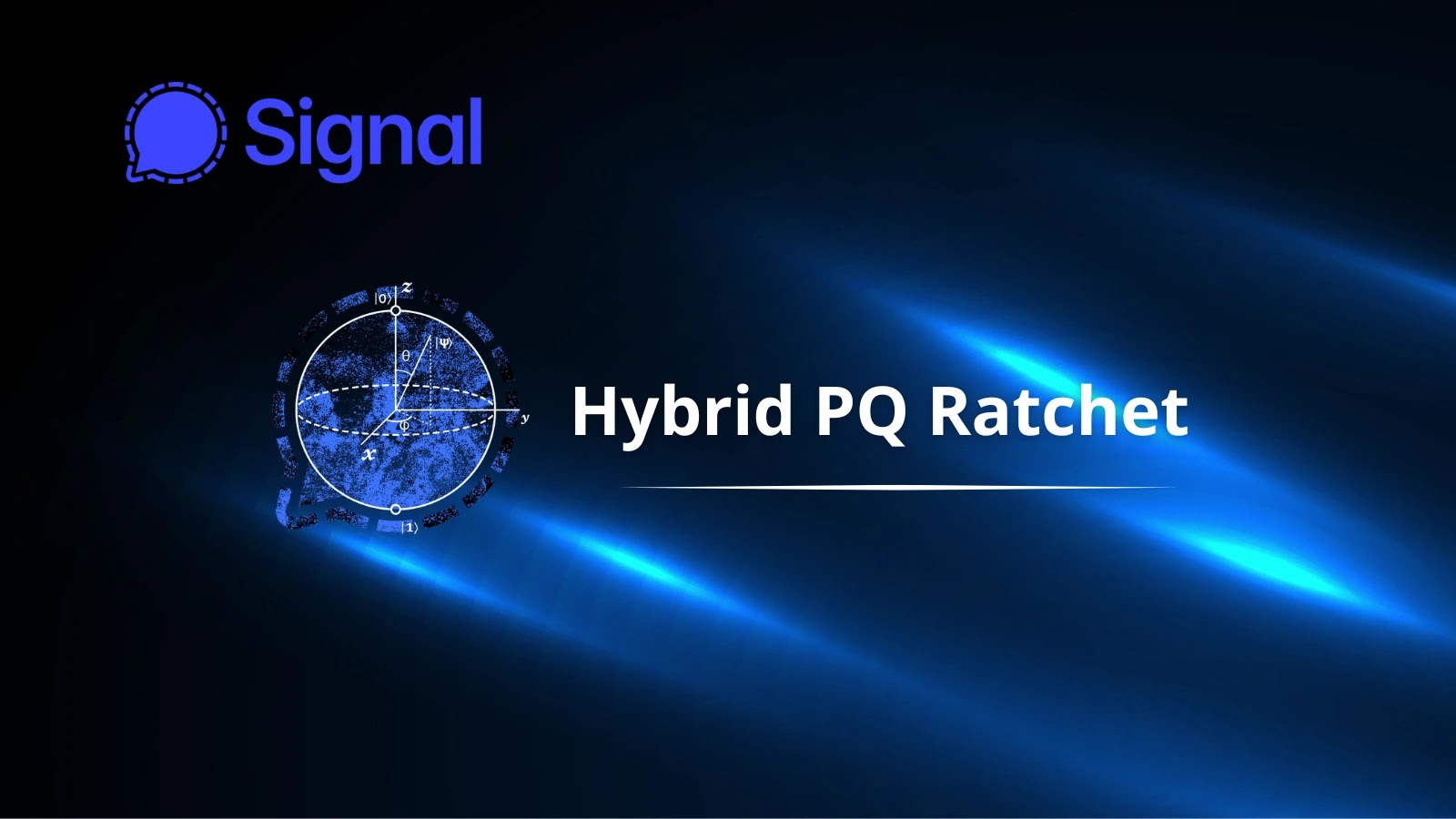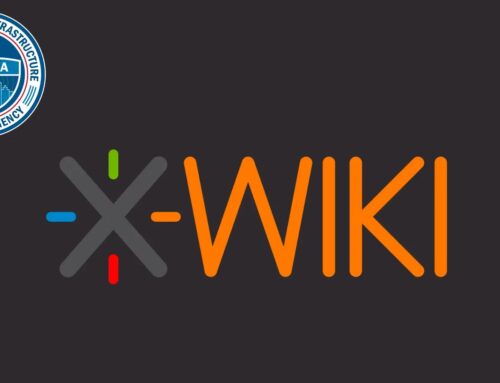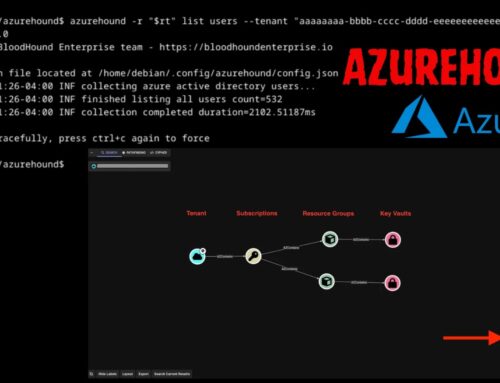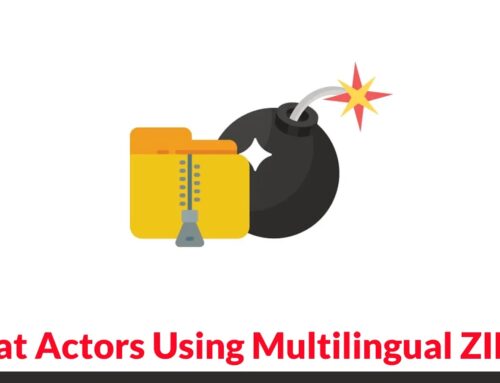
Signal Enhances Security With New Hybrid PQ Ratchet to Compact Quantum Computing Threats
Signal Secures the Future: Introducing the Hybrid Post-Quantum Ratchet (SPQR)
The landscape of digital communication security is on the cusp of a revolutionary shift. As quantum computing progresses from theoretical concept to tangible reality, the cryptographic foundations underpinning our most secure communications face an unprecedented threat. Today, we delve into a pivotal development: Signal’s introduction of the Sparse Post Quantum Ratchet (SPQR). This groundbreaking enhancement is not merely an update; it represents a proactive defense mechanism, designed to future-proof secure messaging against the immense computational power of quantum computers.
The Looming Quantum Threat to Classical Cryptography
Current widely deployed cryptographic algorithms, such as RSA and ECC (Elliptic Curve Cryptography), rely on the mathematical difficulty of factoring large numbers or solving discrete logarithms. While computationally infeasible for classical computers, quantum algorithms like Shor’s algorithm threaten to break these schemes with ease. This “quantum threat” poses a significant risk to data encrypted today, which could potentially be decrypted in the future by sufficiently powerful quantum machines. The implications are profound, affecting everything from national security to personal privacy.
Understanding Signal’s Hybrid PQ Ratchet: SPQR Explained
Signal’s SPQR is a sophisticated evolution of the renowned Signal Protocol, which already secures billions of communications daily. The “Hybrid PQ” aspect signifies its dual approach: it combines classical, proven cryptographic primitives with cutting-edge post-quantum cryptography (PQC). This hybrid strategy offers a crucial advantage: it maintains security even if either the classical or the post-quantum component is later found to be vulnerable. In essence, it provides a “worst-case scenario” resilience, ensuring that communications remain confidential as researchers continue to refine our understanding of both classical and quantum-resistant algorithms.
- Sparse Post Quantum Ratchet (SPQR): This specific implementation integrates a post-quantum key exchange mechanism directly into the existing Signal Protocol’s ratcheting system.
- Ratchet Mechanism: The Signal Protocol’s famed “ratchet” dynamically generates new keys for each message, ensuring “forward secrecy” (past messages remain secure even if future keys are compromised) and “future secrecy” (future messages remain secure even if past keys are compromised). SPQR extends this with quantum resistance.
- Hybrid Approach Advantages: By pairing PQC with established ECC, Signal maximizes confidence. If the PQC algorithm is broken, the classical ECC still protects communications. Conversely, if a novel attack on ECC emerges, the PQC provides a backup layer of defense.
The Evolution of the Signal Protocol and Quantum Resistance
The Signal Protocol has consistently been at the forefront of secure messaging innovation. Its original design revolutionized end-to-end encryption, making it accessible and robust for everyday users. The integration of SPQR marks another significant milestone in this evolution. It demonstrates a commitment not just to current security, but to anticipating and mitigating future threats. This proactive stance is essential in an era where data stored today might be targeted by quantum computers tomorrow.
While specific post-quantum algorithms used may be subject to ongoing research and standardization efforts (e.g., those from NIST), Signal’s hybrid approach ensures flexibility. Should new, stronger PQC schemes emerge, the protocol can adapt, maintaining its leading position in secure communication.
Implications for Digital Privacy and National Security
The deployment of SPQR has far-reaching implications. For individuals, it reinforces the promise of private conversations, immune to even the most advanced future decryption capabilities. For organizations and governments, it sets a new standard for securing sensitive communications against state-level, long-term adversaries who might be investing heavily in quantum computing research.
This move by Signal encourages other secure messaging platforms and communication technologies to consider and implement similar post-quantum upgrades. A collective shift towards quantum-resistant cryptography is vital to protect the global digital infrastructure from future quantum attacks. While there isn’t a specific CVE associated with the lack of quantum resistance (as it’s a future threat, not a current vulnerability), the proactive mitigation by Signal prevents potential future compromises.
Conclusion: Paving the Way for a Quantum-Resistant Future
Signal’s integration of the Sparse Post Quantum Ratchet (SPQR) is a critical step forward in safeguarding digital communications. By embracing a hybrid cryptographic approach, Signal provides robust protection against the looming threat of quantum computers, ensuring that the privacy and security of billions of conversations remain intact. This development underscores the importance of continuous innovation in cybersecurity and serves as a powerful testament to Signal’s commitment to user privacy, cementing its role as a leader in secure messaging for the quantum age.





